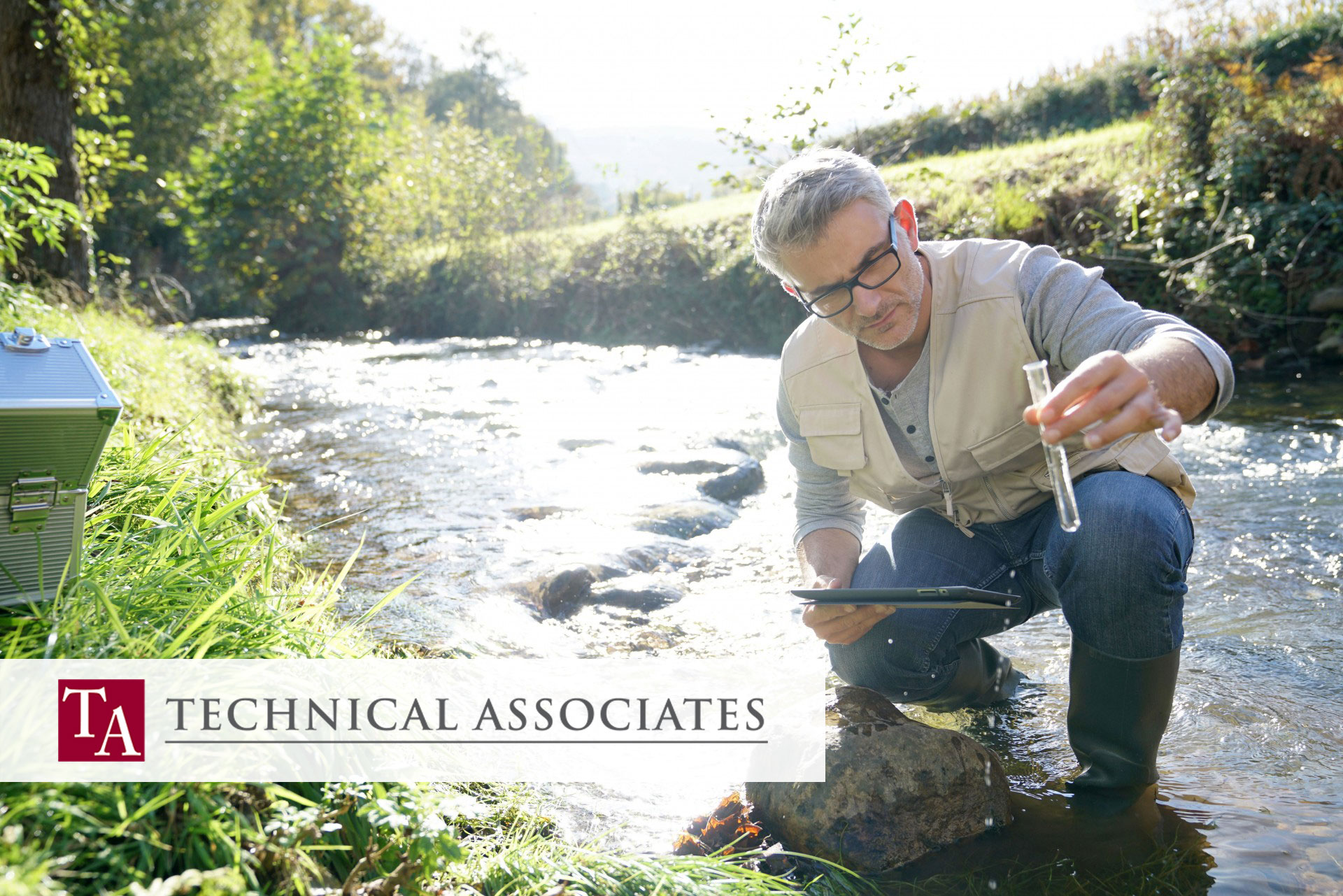
Technical Associates (TA) was founded in 1946 as a spin-off from the Manhattan Project at Los Alamos National Laboratory. Recognizing the advent of the nuclear age, TA’s founders designed and built the first industrial-grade radiation detectors and monitors to safeguard the scientists making the world’s first atomic bomb. TA continues to excel in product engineering for radiation measurement and safety instruments for a diverse range of nuclear industry requirements, resulting from over 70 years of dedication and commitment to exceptional radiation monitoring.
Technical Associates provides exceptional instrumentation for detecting and monitoring radiation, chemical, and biological contaminants for various industries, including nuclear power, environmental air, nuclear medicine, and water monitoring. Water monitoring includes a diverse suite of instruments for a facility’s water intake and effluent and the water industry in general, including water and wastewater treatment facilities, nuclear power effluent, and seawater monitors. Technical Associates has the world’s only real-time continuous Alpha, Beta, Gamma, and Tritium in water monitor capable of measuring at or below EPA/PAG level guidelines.

Technical Associates' innovation and forward-thinking recognized the industry need for aerial surveillance of radiation, chemical and biological threats, and contamination. The development of UAV Air Forensics, mounting radiation, chemical, and biological sensors on commercial heavy-lift drones for aerial surveillance serves diverse industry needs: first responders, security over-watch of vulnerable venues, military, oil, gas, and mining.
The design and development of the Underwater Explorer provide divers, aquatic ecosystem biologists, marine engineers, and law enforcement a tool for the safe detection of radiation, chemical, or biological threats or contamination.
Technical Associates is located in Canoga Park, California.
. . . . . . . . . . . . . . . . . . . . . . . . . . . . . . . . . . . . . . . . . . . . . . . . . . . . . . . . . . . . . . . . . . .
